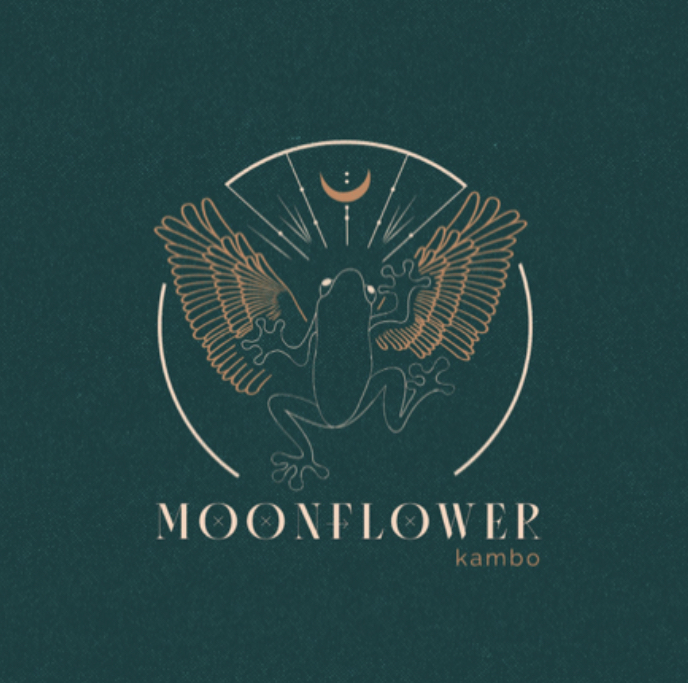History + Science of Kambo
Kambo is the secretion of phyllomedusa bicolor, or the Giant Green Monkey Tree Frog. This nocturnal frog is native to the Upper Amazon, and its population is abundant and stable with no known predators. In fact, the only real threat to the frog is habitat destruction. It has been used for centuries by multiple tribes in the Amazon rainforest.
About Kambo Kambo is the secretion of phyllomedusa bicolor, or the Giant Green Monkey Tree Frog. This nocturnal frog is native to the Upper Amazon, and its population is abundant and stable with no known predators. In fact, the only real threat to the frog is habitat destruction. It has been used for centuries by multiple tribes in the Amazon rainforest. Contrary to common belief, the frog’s secretion is not known as a “poison”, instead of warding off predators, the secretion’s purpose serves as a moisture barrier for the frog. Kambo is usually harvested in a way that is harmless to the tree frog. Because of this, it is important to know where your practitioner gets their kambo. I receive mine from the Matses tribe (pictured below) via my certifying body, Kambo International. Kambo is most easily described as a detoxing purgative. It largely works with the gastrointestinal muscles and blood circulation, and stimulates the adrenal cortex and pituitary gland in the brain. Read about its use and benefits below. Ancient History of Kambo There are many legends from many tribes – but the most well known one is that of the Kaxianawá tribe from the Northern Amazon Basin in Brazil. This Kaxinawá legend tells that the Indians of the tribe were very ill and their medicine man/Pajé had tried everything to cure them. Nothing helped. On an Ayahuasca journey, he entered the forest and whilst there received a visit from a female spirit of the forest. She brought in her hands a frog, from which she took a white secretion, and taught the Pajé how to apply it. Returning to the tribe and following the guidelines he had received, the Pajé was able to cure his brothers and sisters. From then on he was known as Pajé Kampu or Kampum. When he passed on, his spirit lived on in the frog, where it continued its mission to protect the health of those who defend the forest. The secretion became known as Kambo but in some tribes it is called Sapo, Dow-Kiet, Kampu or Vacina da Floresta. Usage spread, and for thousands of years, Kambo has been used as medicine by the Kaxinawá people, and by many other indigenous groups including the Amahuaca, Katukina, Kulina, Yawanawá, Matses, Marubo and Mayoruna. It is still used widely amongst indigenous people in the Amazon to this day. From Kambo International Modern History & Use of Kambo although kambo has been observed by Westerners for decades, the first scientist to study kambo was twice Nobel nominated Vittorio Erspamer - the same scientist who discovered serotonin. It was Erspamer that learned kambo contains a mixture of potent bioactive and neuroactive peptides that host a wide range of benefits and treatment opportunities for humans. In the 80s, Espamer wrote that kambo contains a “fantastic chemical cocktail with potential medical applications, unequalled by any other amphibian”. Although kambo on its own is an alternative modality, the Western world utilizes kambo pharmaceutically by isolating and synthesizing its peptides. In fact, there are over 70 patents lodged on kambo and its peptides, mainly in the United States and EU. Kambo has been rapidly growing in popularity in recent years as studies behind its uses and anecdotes grow. People all over the world serve kambo, some who trained in the rainforest, some who trained with certifying bodies. As kambo grows in popularity, so do its application methods. Many people (including myself) administer kambo to meridian points, chakra points, and auricular or ear points. On the left, you can see a photo of a “traditional treatment”, where the secretion is placed on the left arm.
